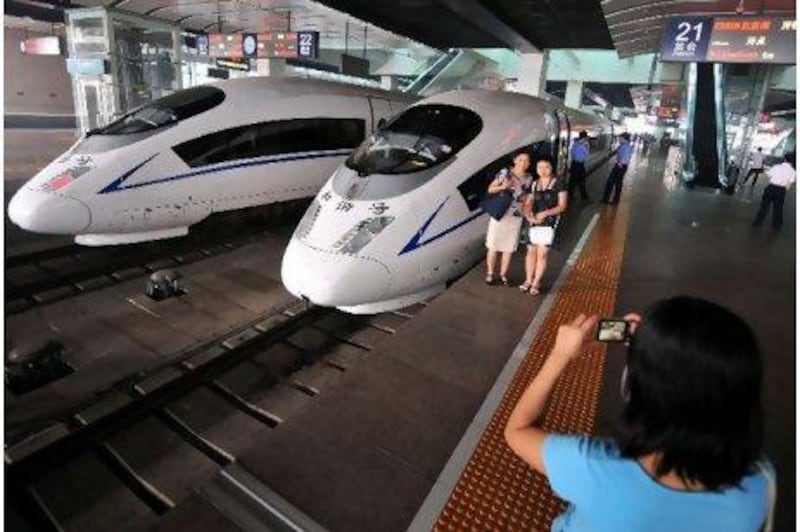When one reads about the fastest trains in the world zipping around China at 350kph, one might be forgiven for thinking the Asian continent must have an integrated state-of-the-art railway network connecting various cities.
Nothing could be further from the truth.
It takes only a little longer to fly from Beijing in north Asia to Singapore in south Asia than it does to fly from New York in the eastern US to Los Angeles in California. But, while one can also drive from New York to LA or take the train, no normal person would expect to go from Beijing to Singapore by either car or rail.
Bits and pieces of a good transport system exist in various countries in Asia but mostly within national borders. Inter-country journeys are not the norm, as they are in most of Europe. Of all major continents only Africa has a less integrated land transport system.
The reason for the failure of well developed transport networks to cross national boundaries in Asia is not due to terrain or lack of technology but lingering political suspicions and fears.
China has built and is building super-fast trains and has laid the tracks to carry them, through the inhospitable Tibetan plateau, that reach its borders with India and Vietnam. The train cabins are pressurised to deal with the thin air over the plateau.
But it is unlikely the Indian government will allow China's train system to transport passengers into the country. After all, India is still haunted by its brief border war with China in 1962.
Similarly, Vietnam chose to spurn the cheaper super-fast Chinese trains and opted for more expensive Japanese versions to link the north and south of the country. Vietnam, too, is still affected by its brief border war with China in 1979.
Even between benign countries such as Thailand and Malaysia, uninterrupted train traffic remains rare and motorways are hampered by immigration and lingering elements of border insurgency.
The border between Malaysia and Singapore is an area where things have moved slowly since the city state became independent in 1965. Before, there was free movement between the two. Now, although thousands of people do cross between Malaysia and Singapore by car and train each day, they have to go through two immigration and customs checks during the journey.
Even more absurd is the situation between Hong Kong and China, politically of the same body, where residents from both sides of the border have to endure two sets of immigration and customs clearances. The border immigration offices even shut down at midnight at the most popular train crossing.
Conspiracy theorists reckon that is a ploy to hold up higher land values on the Hong Kong side. They claim the border controls make it difficult for people to work in what is, along with Macau, a Special Administrative Region, where wages are higher, but live in mainland China, where house prices are lower.
What Asia needs is some visionary political leadership that will see past the small problems that no doubt will come with the easier movement of people across national boundaries and look at the bigger picture: ease of movement promotes increased economic opportunities.
While Asia, in general, is doing well economically, it is still waiting for political leaders who will take the risk of integrating its transport systems.





